Mastering Customer Service Compliance with a Simple Step-by-Step Guide
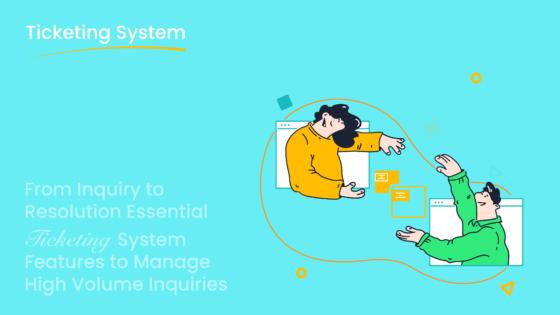
Customer service compliance protects your business and builds trust with your customers. When you follow clear steps, you can make contact center compliance part of your daily routine. Many companies see real improvements in customer satisfaction and experience by using a structured approach.
- 65% of customers switch brands after a poor experience, while 83% feel loyal to brands that resolve complaints.
- 70% of professionals now use strategic compliance, not just a checklist.
Sobot and Sobot AI help you manage sops and improve support, so you can focus on delivering great customer service compliance and boost customer satisfaction. When you use proven tools, you make every experience better and keep your team on track with sops and contact center compliance.
Customer Service Compliance Basics

What Is Customer Service Compliance?
You follow customer service compliance when you meet legal, ethical, and industry requirements in your support operations. This means you protect customer data, follow fair practices, and deliver consistent service. In contact center compliance, you use clear rules and track your team’s actions to make sure everyone meets standards. You can measure your progress with key metrics:
- Callback Requests: Shows if customers need more help after the first call.
- Repeat Calls: Tracks how often customers call back for the same issue.
- First Contact Resolution: Measures if you solve problems on the first try.
- Customer Satisfaction Score (CSAT): Checks how happy customers feel after support.
- Customer Effort Score (CES): Rates how easy it is for customers to get help.
- Net Promoter Score (NPS): Finds out if customers would recommend your service.
- Service Level: Looks at how quickly you answer calls.
- Use of Software: Lets you track these numbers in real time.
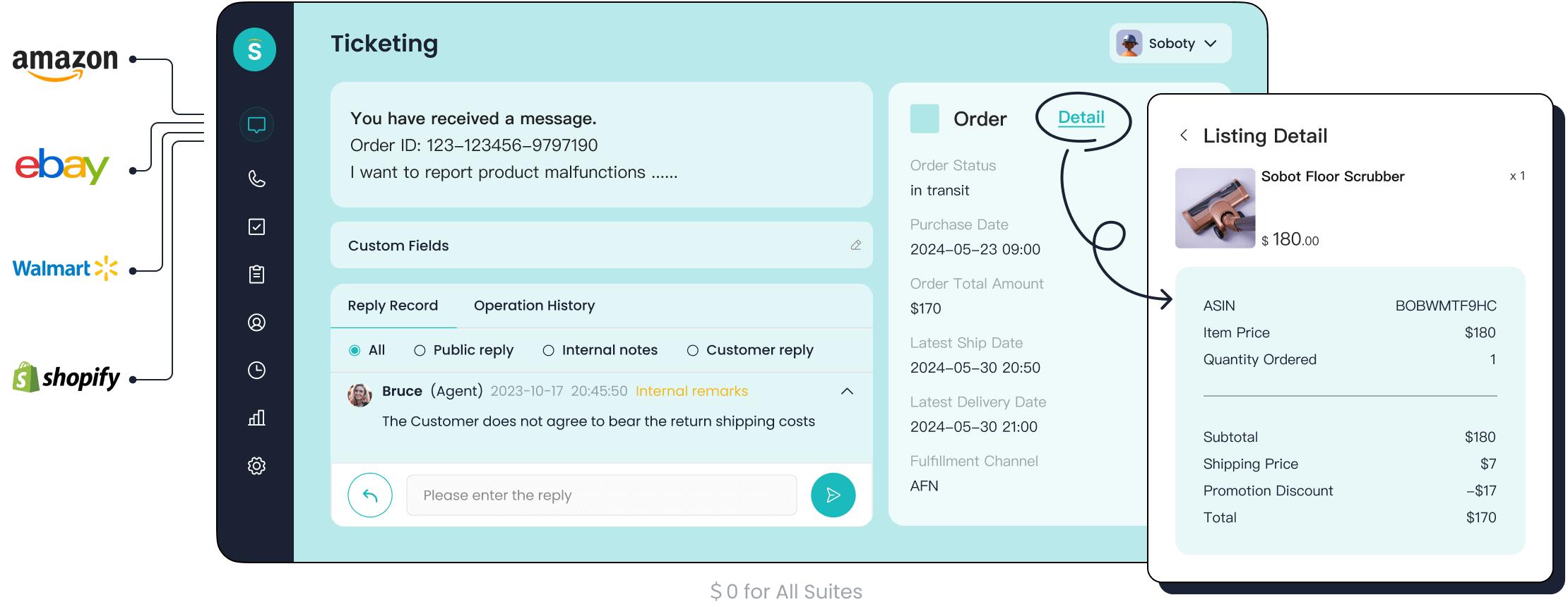
Sobot’s Ticketing System helps you automate these measurements, making contact center compliance easier to manage.
Why It Matters
You need to understand the importance of compliance because it protects your business and your customers. When you follow contact center compliance, you lower risks and build trust. Companies that invest in quality management see a 40% drop in complaints and a 25% higher retention rate. Standardizing your processes can cut costs by 15% and reduce errors by 30%.
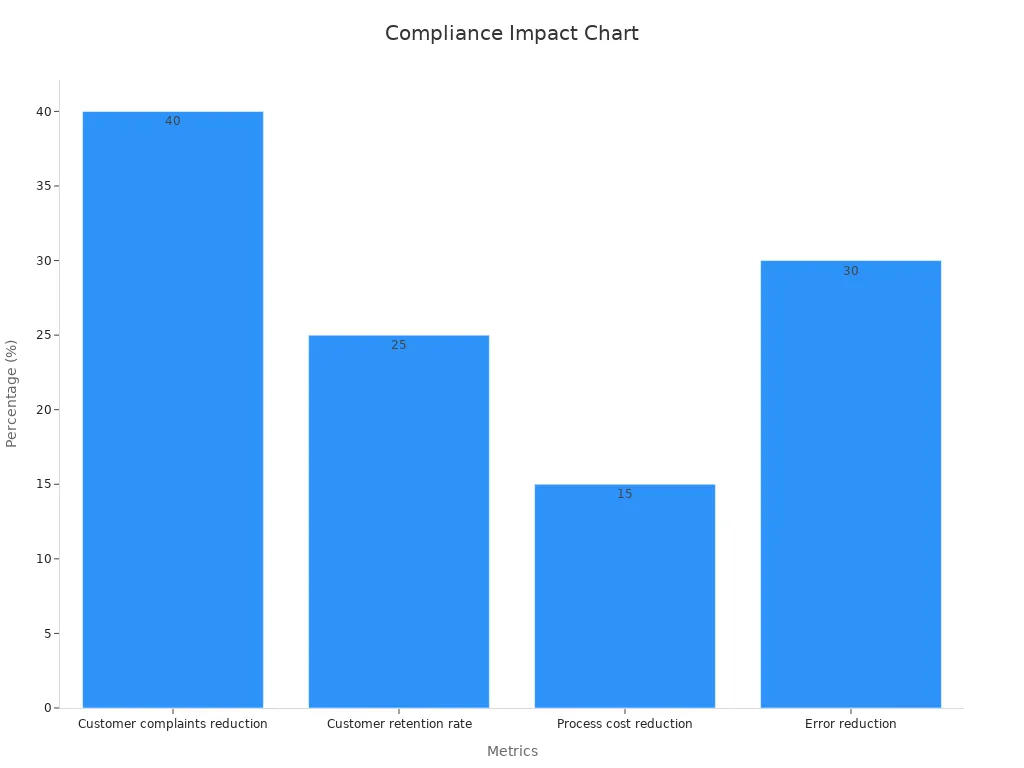
You also gain a competitive edge and avoid costly mistakes. Sobot’s solutions support you in tracking these improvements, so you can focus on delivering great service.
Key Standards and Regulations
You must follow key regulations and standards to keep your contact center compliance strong. These include GDPR for data privacy, HIPAA for healthcare data, PCI DSS for payment security, and SOX for financial reporting. Each standard protects sensitive information and helps you avoid fines or damage to your reputation.
Benchmarking your compliance program against industry best practices helps you see where you stand and what you need to improve. Regulators like the U.S. Department of Justice look for programs that work in real life, not just on paper.
Sobot’s platform supports your compliance efforts by offering secure, unified tools that help you meet these key regulations and standards every day.
Setting Compliance Goals
Aligning with Regulations
You need to set clear goals that match the rules and standards in your industry. When you align your contact center compliance efforts with legal and regulatory compliance, you lower your risk of fines and penalties. Companies that monitor compliance spot legal and financial risks early. This helps you act fast and avoid bigger problems. For example, General Electric paid a $200 million penalty after breaking securities laws. Some companies face fines up to $5 million for not following SOX rules. These cases show why you must set compliance goals that match regulations.
| Compliance Strategy | Impact on Risk and Outcomes |
|---|---|
| Structured safety compliance programs | 43% fewer incidents, 67% lower costs |
| Strong anti-corruption programs | 58% fewer violations |
| Regular compliance assessments | 40% better risk management |
| Clear compliance strategies (Gartner) | 41% better compliance outcomes |
| Quarterly risk assessments | Faster issue resolution |
You build trust and protect your reputation when you keep your contact center compliance goals up to date with changing laws. Sobot’s Ticketing System helps you track these goals and automate compliance workflows, making it easier to stay on track.
Risk Assessment
You need to know where your risks are before you can manage them. Risk assessment in contact center compliance means looking at every part of your process to find weak spots. Quantitative Risk Assessment (QRA) gives you numbers to measure risk. You can use metrics like Annualized Loss Expectancy (ALE), Single Loss Expectancy (SLE), and Annualized Rate of Occurrence (ARO). For example, if a data breach could cost $500,000 each year, you know where to focus your efforts.
- QRA helps you:
- Assign numbers to risks.
- Use data to make decisions.
- Allocate resources where they matter most.
- Build confidence with your team and stakeholders.
Sobot’s platform supports your contact center compliance by providing analytics and smart notifications. You can spot risks early and take action before they become bigger problems. This keeps your customer service compliance strong and your business safe.
Implementing Compliance Measures
When you start implementing compliance measures, you set the foundation for better compliance and accountability in your team. You need clear policies, strong training, and effective communication. Each step helps you build a culture where everyone understands and follows the rules.
Policy Development
You create compliance policies to guide your team’s actions. Good policies make it easy for everyone to know what to do in different situations. You should involve your team and key stakeholders when you write these policies. This approach helps you spot gaps and find the best solutions.
- Involve stakeholders from the start.
- Encourage open engagement between your team and policy-makers.
- Share your findings and updates with everyone.
- Use real-world examples to show how policies work.
Case studies show that involving people at every stage leads to stronger policies. For example, the Department of Homeland Security improved data governance by working with different groups. The National Broadband Map project used public feedback to shape better rules. These examples prove that data-driven and participatory strategies work well for policy development.
Sobot’s Ticketing System helps you automate compliance workflows and track policy adherence. You can set up custom rules, assign tasks, and monitor progress in real time. This makes it easier to keep your compliance policies up to date and effective.
Tip: Review your compliance policies every quarter. Update them when laws or business needs change.
Training Programs
You need training and onboarding to make sure everyone understands your compliance policies. Training programs help your team learn what is expected and how to follow the rules. You can measure the success of your training by looking at real outcomes.
| Compliance Objective | Measurable Outcome |
|---|---|
| OSHA workplace safety training | Reduce workplace safety incidents by 30% within one year |
| Anti-harassment policy training for managers | Achieve 95% compliance rate in employee conduct evaluations |
| GDPR data privacy training for all employees | Ensure 100% compliance within 90 days |
| Anti-money laundering (AML) training | Achieve 100% pass rate within 3 months |
| Cybersecurity training for IT teams | Ensure 100% compliance with data handling policies |
You can use quizzes, feedback, and real-time tracking to see how well your team learns. Sobot’s AI-powered features support multilingual training, so your team can learn in their preferred language. The Ticketing System also helps you manage SLA requirements during training, making sure everyone meets deadlines and standards.
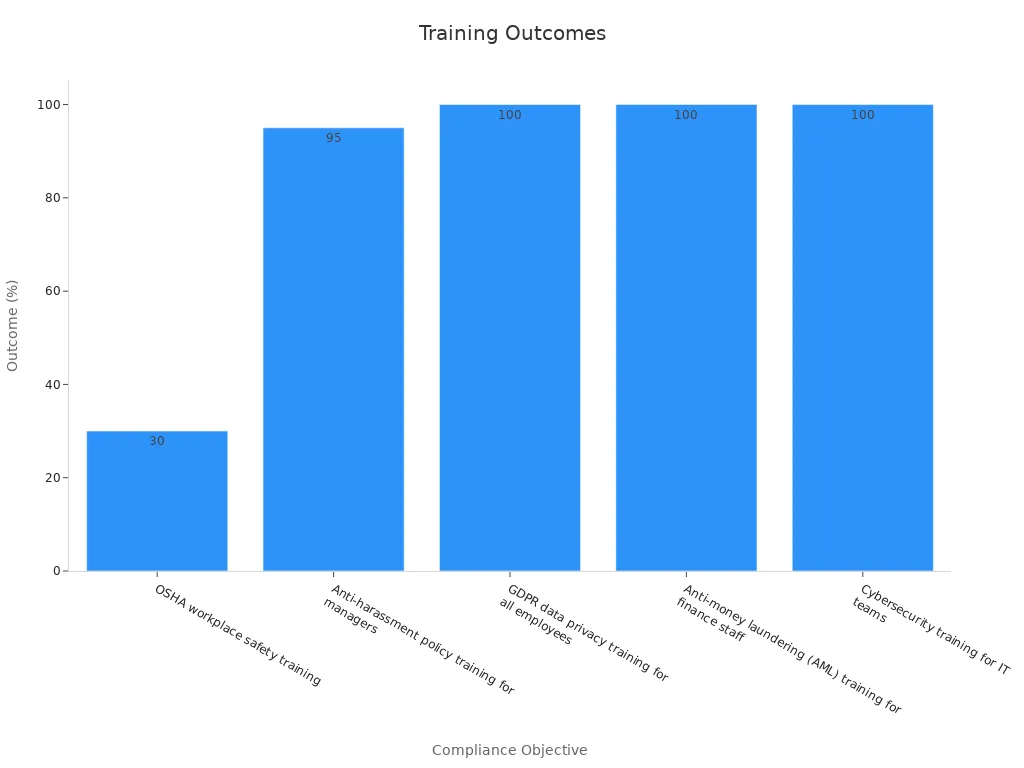
Note: Regular training refreshers help your team remember key rules and stay compliant.
Communication Strategies
You need strong communication strategies to keep everyone on the same page. Clear communication helps your team understand new rules and changes. Studies show that teams with good communication have higher compliance rates.
| Communication Strategy / Factor | Effect on Compliance Adherence | Statistical Evidence / Effect Size |
|---|---|---|
| Effective communication | 19% higher adherence | Odds of adherence 2.16 times higher |
| Communication skills training | Improves adherence by 12% | Odds of adherence 1.62 times higher |
| Task-oriented behaviors (information-giving) | Positively correlated with adherence | Meta-analytic correlation significant |
| Psychosocial behaviors (empathy, support) | Enhances adherence through trust and rapport | Supported by multiple studies and meta-analytic synthesis |
| Collaborative partnerships | Improves adherence by fostering involvement and trust | Identified as key communication behaviors in meta-analysis |
You can use regular meetings, updates, and feedback sessions to keep your team informed. Sobot’s Ticketing System sends smart notifications and reminders, so no one misses important updates. The system also supports unified communication across channels, making it easy to share information with everyone.
Remember: Open and honest communication builds trust and helps your team follow compliance policies.
Customer Service Standard Operating Procedures
Creating SOPs
You build strong customer service standard operating procedures by following proven best practices. Start by defining clear goals for your sops. Use SMART KPIs so you can track performance and compare results across teams or locations. Time-and-motion studies help you spot workflow problems before you write your sops. Include both leading and lagging indicators to get a full picture of your team’s performance. Set up regular review cycles to keep your sops current. Create feedback loops so you can use real data to improve your processes. Ask your team for feedback because frontline insights often lead to better sops. Visual management tools make performance data easy to see and understand.
Many top companies use these methods. General Electric uses sops in Six Sigma to cut defects and boost efficiency. Southwest Airlines keeps top operational metrics with standardized procedures. Amazon’s fulfillment centers use sops to speed up order processing and improve accuracy. Subway relies on sops to deliver the same quality in over 40,000 locations. These examples show that strong customer service standard operating procedures help you achieve efficiency, consistency, and compliance.
Tip: Sobot’s Ticketing System lets you automate sops, track KPIs, and collect team feedback in one place.
Document Step-by-Step Procedures
You need to document step-by-step procedures to make sure everyone knows what to do. Clear instructions help your team deliver consistent customer service every time. When you document step-by-step procedures, you turn complex tasks into simple actions. This approach prevents mistakes and saves time.
| Example | Step-by-Step Procedure Description | Supporting Numerical Evidence or Structured Steps |
|---|---|---|
| Netflix | Used data analytics and user behavior to shift from DVDs to streaming. | Gained over 4 million online subscribers by 2005 before launching streaming in 2007. |
| Airbnb | Tested a new co-hosting feature in Tokyo with a simulation prototype. | Ran prototype testing for several months before full rollout. |
| Canva | Launched a basic website to test the digital design platform concept. | Website launch proved demand for an easy design solution. |
| Amazon Go | Ran internal trials with employees to test retail technology. | Multiple testing rounds led to the best tech for Amazon Go stores. |
| University of Tennessee Chattanooga | Created systematic steps for evidence synthesis, including search strategy and data collection. | Used stepwise documented procedures to ensure transparency and reproducibility. |
SOPs serve as a central knowledge base for your organization. They capture best practices and lessons learned. With Sobot, you can store, search, and update your customer service standard operating procedures easily. This keeps your team ready for any situation.
Maintaining Consistency
You maintain consistency by making sure everyone follows the same customer service standard operating procedures. Regular reviews and updates keep your sops effective. Use feedback from your team to spot areas for improvement. Visual management tools help everyone see performance data and stay on track.
Call centers that use standardized sops reduce average handling time and keep service quality high. Healthcare teams use clinical pathways—medical sops—to improve patient outcomes. Companies like Salesforce and Hilton Hotels use sops to scale operations and deliver the same service everywhere.
Sobot’s Ticketing System supports you by tracking adherence to sops and sending smart notifications when updates happen. This helps you maintain consistent customer service across all channels.
Note: Consistency builds trust with your customers and helps your business grow.
Monitoring and Auditing Compliance
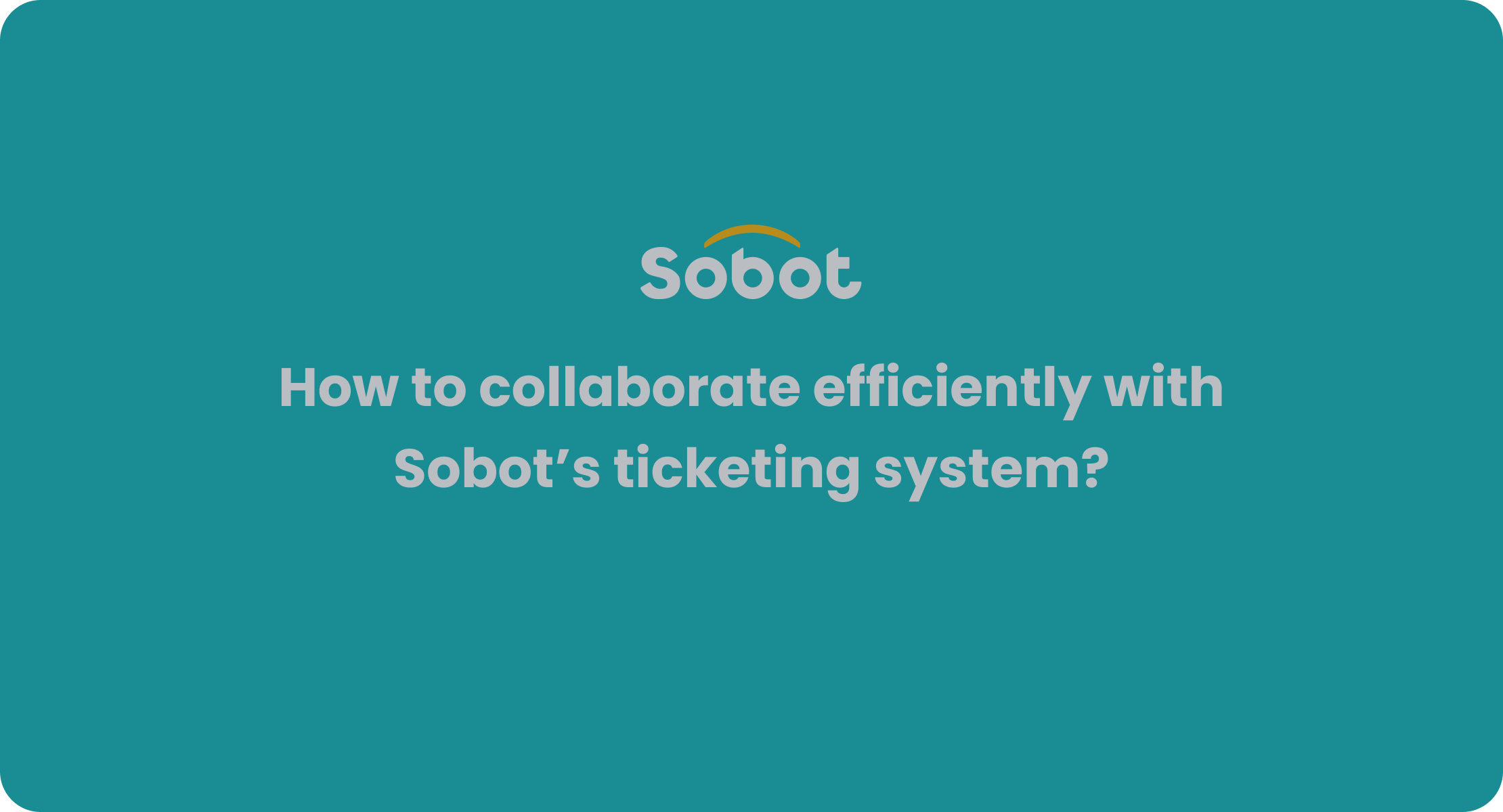
Ongoing Monitoring
You need to keep a close eye on your compliance program every day. Start by running a risk assessment to find the biggest risks in your customer service process. Set up regular monitoring activities like audits, inspections, and testing. Make sure you have clear reporting protocols so your team can document and share compliance findings quickly. Develop plans to fix any gaps you find and prevent them from happening again. Use digital tools to track compliance metrics in real time. Sobot’s Ticketing System gives you analytics and smart notifications, so you can spot issues fast and take action. Review your monitoring plan often to keep up with new rules and risks. Automation and AI-driven analytics help you respond quickly and keep your compliance rates high.
Tip: Regular monitoring helps you catch problems early and avoid costly mistakes.
Auditing Processes
You need strong audit processes to make sure your compliance program works. Risk-based auditing lets you focus on the areas with the highest risk. Plan your audits, collect data, report findings, and follow up with corrective actions. Use technology like Sobot’s unified platform to centralize your audit tracking and compliance management. This approach makes it easier to see patterns, spot recurring issues, and improve your internal controls. Train your team on audit methods and keep them updated on new regulations. Continuous quality improvement through audit cycles helps you adapt to changes and maintain high standards.
Note: Audits are not just about finding problems—they help you improve your processes and protect your business.
Using Analytics Tools
Analytics tools give you clear insights into your compliance performance. AI-powered call transcription and automated quality audits let you review every customer interaction across voice, chat, and email. Real-time dashboards show you how your team is doing and where you need to improve. Sobot’s Ticketing System integrates all your communication channels, so you can track compliance in one place. You can measure open rates, response times, and action completion rates to see how well your team follows procedures. Use sentiment analysis and speech analytics to uncover trends and improve agent performance. Unified analytics help you compare compliance across channels and boost your overall results.
| Metric | Description |
|---|---|
| Open Rates and Read Receipts | Shows how many people open and read compliance messages. |
| Response Time Metrics | Measures how fast your team responds to compliance issues. |
| Action Completion Rates | Tracks how often your team completes required compliance actions. |
| Channel Effectiveness | Compares how well different channels support compliance tracking. |
Remember: Using the right analytics tools helps you stay ahead of compliance risks and deliver better customer service.
Contact Center Compliance in Practice
Data Security
You must protect customer data at every step. Data security forms the backbone of contact center compliance. When you handle sensitive information, you need strong safeguards. Many companies use encryption, access controls, and regular audits to keep data safe. You should always follow data protection and privacy laws, such as GDPR or PCI DSS. These rules help you avoid costly mistakes and build trust with your customers. Sobot’s Ticketing System supports secure data handling by unifying all channels and tracking every action. This approach helps you maintain high satisfaction and meet strict compliance standards. When you focus on data security, you improve customer satisfaction and reduce risks.
Customer Authentication
You need to verify each customer before sharing information. Customer authentication is a key part of contact center compliance. Simple steps like asking for account numbers or using two-factor authentication can stop fraud. Many contact centers use AI-powered tools to check identities quickly and accurately. Sobot’s solutions offer secure authentication across chat, email, and voice channels. This keeps your customer interactions safe and compliant. When you use strong authentication, you protect both your business and your customers. This leads to higher satisfaction and a better experience for everyone.
Real-World Success Stories
You can see the value of contact center compliance in real companies. OPPO, a global smart device leader, improved its customer satisfaction by working with Sobot. OPPO faced high inquiry volumes and needed better support. By using Sobot’s chatbot and ticketing system, OPPO automated routine tasks and focused agents on complex issues. This led to an 83% chatbot resolution rate and a 94% positive feedback rate. OPPO also saw a 57% increase in repurchase rate, showing how strong compliance and efficient support drive satisfaction.
- 92% of contact center agents say their organizations have a quality assurance program.
- AI-powered quality management detects compliance risks in real time and improves outcomes.
- Non-compliance can cost up to $10,000 per incident, making strong programs essential.
- Advanced solutions turn monitoring into insights that boost agent performance and ensure regulatory adherence.
Sobot’s unified platform helps you track every interaction, protect data, and deliver a seamless experience. When you use these tools, you raise customer satisfaction scores and build lasting trust.
Overcoming Compliance Challenges
Change Management
You face many challenges when you introduce new compliance measures. Change can feel hard for your team, but you can make it easier with the right strategy. Start by building a plan that focuses on clear communication, training, and support. Make sure leaders support the changes and show their commitment. When you show quick wins, you build trust and help everyone see the benefits. Upgrade your technology to flexible, cloud-based platforms for better data management. Use analytics tools to help your team understand the data and make better decisions. Involve everyone in the process, from data owners to IT staff. Training and support help your team build new skills and reduce resistance. Companies like P&G saw a 20% drop in data errors after focused training and strong governance. When you use these steps, you improve compliance and boost customer satisfaction.
Remote Teams
Remote work has changed how you manage compliance. Many companies now have teams working from different locations. Siemens improved employee views on compliance by 79% after updating their framework. Facebook avoided major GDPR issues by investing in training and better data management. Automattic found that 75% of remote workers felt more satisfied with good communication tools. A PwC survey showed that over 95% of financial services workers kept or improved productivity while working remotely (source). You can use digital tools like Sobot’s Ticketing System to keep everyone connected and track compliance tasks. These tools help you maintain high customer satisfaction and ensure your team delivers a great experience, no matter where they work.
Balancing Compliance and Experience
You need to balance strict compliance rules with a smooth customer journey. Financial institutions must onboard customers quickly while stopping financial crime. Regulators now expect stronger checks, like video KYC and better data tracking. Technology such as AI and machine learning helps you meet these rules without slowing down the process. A risk-based approach lets you focus on higher-risk cases, so most customers enjoy a fast, easy experience. Digital solutions lower costs and improve customer satisfaction by making onboarding simple. Sobot’s AI-powered tools help you manage compliance and deliver customer experience enhancement at the same time. When you use secure, privacy-focused technology, you build trust and keep satisfaction high. This balance helps you stand out and keeps your customers coming back.
Continuous Improvement
Feedback and Analytics
You drive continuous improvement by collecting customer feedback and using analytics. When you gather feedback from every interaction, you spot trends and find areas to improve your sops. For example, a COPD care project tracked weekly compliance data for 106 weeks. The team raised compliance from 34% to over 80% by using regular feedback and analytics. This approach works in customer service, too. Real-time survey feedback helped a leading bank find unclear contract terms. After revising disclosures, the bank saw a 30% drop in audit inquiries. You can use Sobot’s Ticketing System to collect customer feedback, monitor sops, and track customer satisfaction. These insights help you make better decisions and keep your team focused on customer satisfaction.
Updating Policies
You keep your sops effective by updating policies often. Continuous improvement means you look for gaps, gather data, and adjust your sops as needed. A review of 87 studies on quality improvement shows that updating policies is key to better results. One Medtech company used the Plan, Do, Check, Act model to update sops and saw higher customer satisfaction, lower costs, and better employee engagement. When you update your sops, you make sure your team follows the best practices. Sobot’s unified platform lets you update sops quickly and share changes with everyone. This keeps your team ready for new challenges and helps you maintain high customer satisfaction.
Leveraging Technology
You use technology to make compliance easier and more reliable. Centralized platforms like Sobot bring all your sops, audits, and policies into one place. This improves visibility and helps you avoid missed deadlines. AI-driven automation lets you track customer feedback, monitor sops, and get real-time alerts. You can use cloud-based tools for secure teamwork and instant updates. These features save time, reduce errors, and boost satisfaction. Sobot’s Ticketing System uses automation and analytics to help you manage sops, collect customer feedback, and measure customer satisfaction. When you use the right technology, you turn compliance into a strength for your business.
Quick Compliance Checklist
Essential Steps
You can boost compliance and team satisfaction by following a clear checklist every day. Research shows that short, simple checklists help you reduce errors and keep your sops on track. Here are the essential steps you should follow:
- Build a diverse compliance team with leaders from IT, HR, and legal.
- Run self-assessments and risk checks to find gaps in your sops.
- Compare your current sops to industry standards and fix any issues.
- Use automation tools like Sobot’s Ticketing System to collect evidence and manage tasks.
- Review your sops often and update them as rules change.
- Keep strong records to make audits easy and transparent.
- Track deadlines with digital tools to finish compliance tasks on time.
- Break complex sops into smaller lists for each process.
- Add some overlap in your sops to catch mistakes before they happen.
- Use sops as a guide for what, when, and how tasks get done.
Tip: Sobot’s unified platform helps you automate sops, track progress, and keep your team focused on first contact resolution.
Daily Best Practices
You keep your sops effective by using daily best practices. Continuous monitoring helps you spot problems fast and keep your data accurate. Testing your sops with real cases makes sure your team follows the right steps. Feedback from your team and customers helps you improve sops and raise satisfaction. When you use Sobot’s analytics, you see which sops work best and where you can improve. Training your team on sops every day builds a culture of quality and compliance. You can use feedback loops to update sops and keep everyone engaged. Over time, these habits lead to better compliance and higher satisfaction for your customers.
Note: Daily use of sops supports reliable service and helps you reach your satisfaction goals.
A step-by-step approach to customer service compliance helps you build a strong foundation for satisfaction and operational success. When you use Sobot’s Ticketing System, you can automate sops and track progress with ease. Regular review of sops leads to better satisfaction and fewer compliance failures.
- Regular risk assessments help you spot issues early.
- Internal audits and analytics keep your team on track.
- Continuous monitoring supports a strong compliance culture.
Review your checklist often and commit to ongoing improvement.
FAQ
What is the main goal of customer service compliance?
You aim to protect your business and customers by following laws and industry rules. Customer service compliance helps you avoid fines and build trust. For example, companies with strong compliance see up to 25% higher customer retention rates (source).
How do SOPs improve contact center compliance?
Customer service standard operating procedures (SOPs) give your team clear steps to follow. SOPs reduce errors by up to 30% and help you deliver consistent service. Sobot’s Ticketing System lets you automate SOPs and track compliance across all channels.
Why should you use technology for customer service compliance?
Technology like Sobot’s Ticketing System helps you manage compliance tasks, automate workflows, and monitor results. You save time and reduce mistakes. Real-time analytics show you where to improve. Over 80% of companies use digital tools to boost compliance (source).
How can you keep your SOPs up to date?
You should review and update your SOPs every quarter. Use feedback from your team and customers. Sobot’s unified platform makes it easy to share updates and track changes. Regular updates help you meet new rules and keep your contact center compliance strong.
What makes Sobot a good choice for compliance management?
Sobot offers an all-in-one platform for customer service compliance. You get automated ticketing, SLA tracking, and multilingual support. Sobot’s analytics help you spot risks early. Trusted by brands like OPPO and Samsung, Sobot supports your contact center compliance and customer service standard operating procedures.
See Also
Understanding Quality Management Systems In Call Centers
How To Deploy Omnichannel Solutions In Contact Centers
Expert Techniques For Effective Live Chat Customer Service
